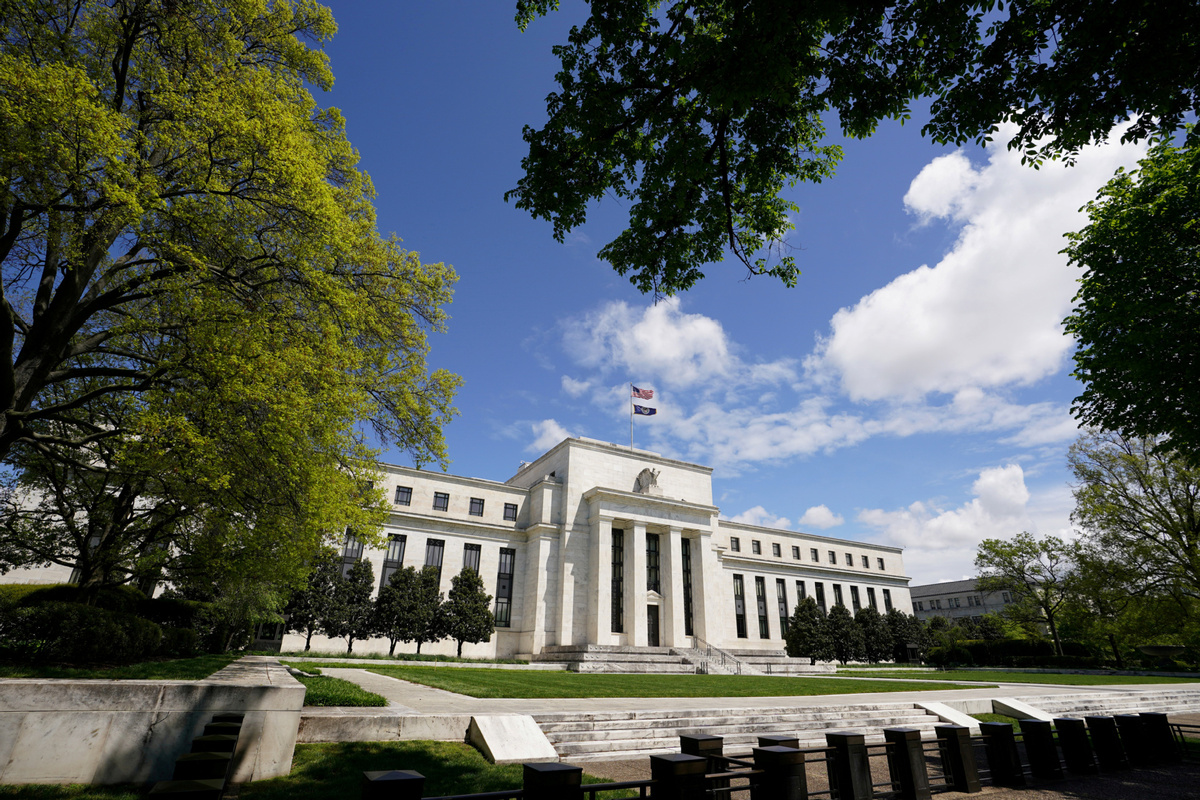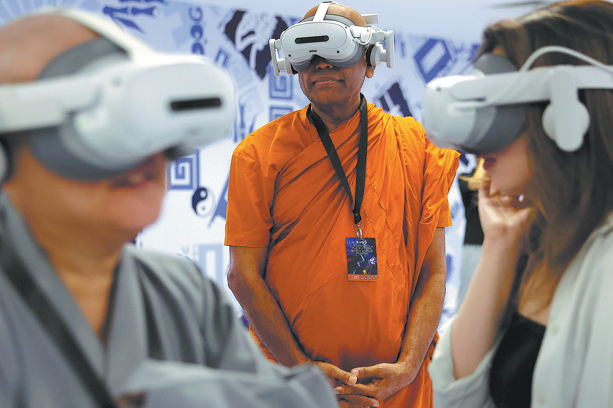Fed: won't raise rates for at least 3 years
By SCOTT REEVES in New York | China Daily Global | Updated: 2020-09-17 09:00

The US Federal Reserve on Wednesday said it has no plans to increase interest rates through at least 2023 and will continue to support the economy as it struggles to recover from the worldwide coronavirus pandemic.
Last spring, the nation's central bank cut interest rates to 0-0.25 percent to stimulate investment and boost consumer spending.
The Fed said it will keep interest rates at current levels "until labor market conditions have reached levels consistent with the committee's assessments of maximum employment" and inflation reaches about 2 percent.
Lower interest rates reduce the cost of commercial loans and credit card debt. Real estate sales rise as mortgage rates fall and consumer spending increases, boosting the economy.
But low rates mean individuals earn little in bank savings accounts.
The Fed concluded its two-day meeting Wednesday, the first since last month's announcement that it would no longer preemptively raise interest rates to combat higher inflation.
"With inflation running persistently below this longer-run goal, the Committee will aim to achieve inflation moderately above 2 percent for some time so that inflation averages 2 percent over time and longer-term inflation expectations remain well anchored at 2 percent," the Federal Open Market Committee (FOMC), which sets interest rates, said in a statement.
"The Committee expects to maintain an accommodative stance of monetary policy until these outcomes are achieved."
At a post-meeting news conference, Fed Chairman Jerome Powell told reporters, "These changes clarify our strong commitment over a longer time horizon."
Investors crave the stability the Fed seeks to create. Low bond yields make stocks more attractive. The market rallied on the news that the Fed would keep interest rates low, but pulled back from its intraday highs, and investors pocketed profits. The Nasdaq Composite and the S&P 500 closed down for the day. The Dow Jones Industrial Average was up slightly.
The Fed also revised its economic projections to show a smaller decline in the gross domestic product (GDP), or the value of all goods and services provided in a year and cut its estimate of the unemployment rate through the remainder of the year.
The Fed now projects 2020's GDP to decline 3.7 percent, far below the 6.5 percent drop forecast in June. It also lowered its 2021 forecast to 4 percent from 5 percent and 2022 to 3 percent from 3.5 percent.
The Fed expects the economy to grow 2.5 percent in 2023.
This year's projected unemployment rate was cut to 7.6 percent from 9.3 percent, which was above the 8.4 percent jobless rate for August.
Unemployment peaked at 14.7 percent in April as the economy was largely shut down as part of the effort to curb spread of the coronavirus. Unemployment was in the mid-3 percent range prior to the pandemic, a 50-year low.
The Fed increased its 2020 estimate of inflation to 1.2 percent from June's forecast of 0.8 percent. It doesn't expect inflation to reach 2 percent until 2023.
So far, the Fed's efforts to stabilize and then boost the economy appear to be working.
"Economic activity and employment have picked up in recent months but remain well below their levels at the beginning of the year," the central bank said in a statement.
"Weaker demand and significantly lower oil prices are holding down consumer price inflation. Overall financial conditions have improved in recent months, in part reflecting policy measures to support the economy and the flow of credit to U.S. households and businesses."
Consumer spending, which represents about two-thirds of the US economy, increased in August for the fourth consecutive month but at a slower pace, the Commerce Department reported Wednesday.
Retail sales increased 0.6 percent in August from July, the third month that spending eclipsed pre-pandemic levels. August sales totaled $537.5 billion.
August is the month for back-to-school shopping. Spending on electronics rose 0.8 percent as many school districts offered online classes due to the coronavirus pandemic. Clothing purchases increased 2.9 percent. But grocery purchases fell 1.6 percent. Online sales were flat.
The reason for the overall slowdown in the rate of increased spending isn't clear, but an additional $600 in unemployment benefits expired in July and was replaced with a $300 supplement not available in all states.
About 26.9 million people receive unemployment benefits. The slowdown in consumer spending may force Democrats and Republicans in Congress to strike a deal on extended benefits before the November election.
























